Look back at the Class 5 notes for the beginning of the overview—we talked about different types of games, your first games, and ended up on the variety of game genres. Today, I asked you to think about your own motivations or reasons for playing games, and you wrote these words in Chat: bragging rights, interactive, competition, multiplayer, a sense of progression with challenges along the way, strategy, outsmarting everyone, finishing a mission, ’cause it’s there, an interesting antagonist (if it’s story-based), continuation of the plot, adventure and action, RPG [role-playing], reality-altering, normalcy?, immersion, designing/building, repetition.
Here are some of the motivations that prior students mentioned in class (that are roughly color-coded by genre)—
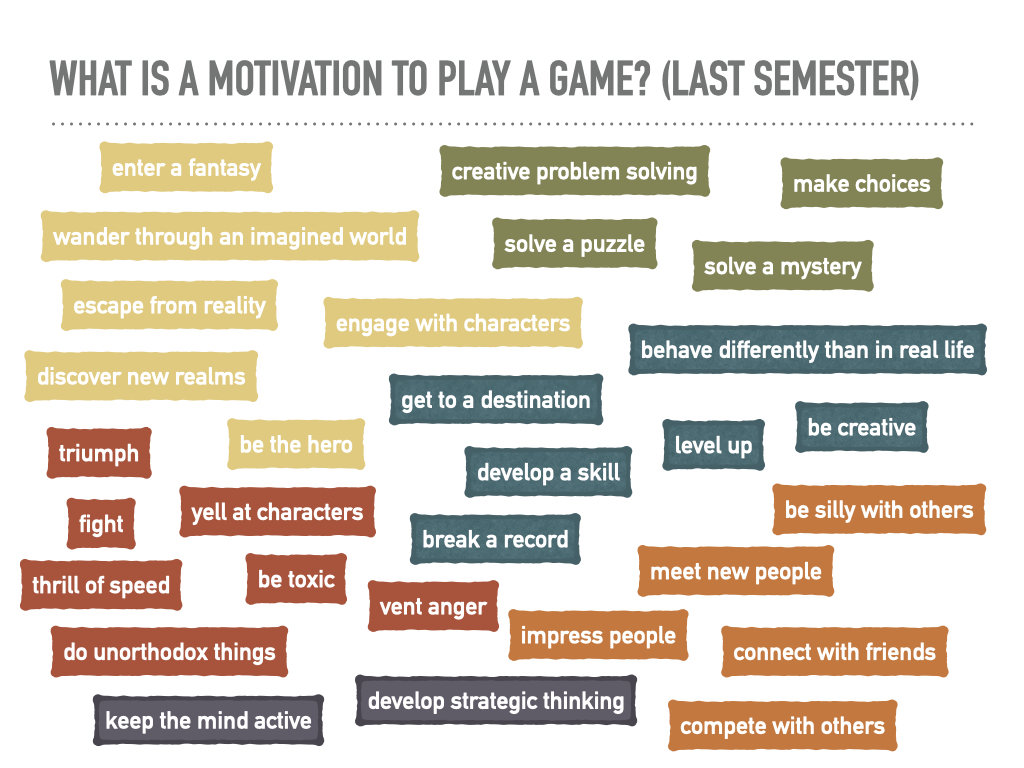
If you missed class and/or think of any other motivations that are specific to playing games, please message me via Slack before next class.
This PBS episode, hosted by Jamin Warren, covered the question of “What is a Game?” How did he categorize the two main groups, what paper does he refer to, and was are the 6 “requirements” for a game (according to one group)? Check out the description section of the video on YouTube to see the games that he referenced throughout this 7-minute video—
Another potential term could be “Game Conceptualists” to signify concepts for “games” or interactive media with game-like components that are meant to provoke creative and critical thinking about how people interact. Here’s a “promotional video” for a conceptual (not actual) app that lets introverted types declare how they want to interact with random strangers. This was created by Lauren McCarthy, who we’ll talk about during the p5.js module—
The images at the bottom of the slide below feature one of Lauren McCarthy’s more recent interactive media design projects, called “Someone” (from 2019—see this review from The Guardian). The project was a comment on Amazon’s Alexa that essentially inverted the smart home dynamic. It outfitted four people’s homes with custom-designed smart devices, including cameras, mics, lights, and outlets, and gave random people the ability to remotely control the spaces.

Another innovative use of game platforms is in the area of music concerts. In this video, London-based electronic musician Ash Koosha performed for the first time via TheWaveVR, a virtual reality platform, after being unable to travel to the U.S. because of the travel ban at the time. What other concerts have been held since then and in what game platforms?
In the realm of AR games, I showed you this video, in which John Hanke, CEO of Niantic Inc., speaks about the creation of Pokémon GO, which became a global phenomenon with more than 750 million downloads of the game. What did they learn from their first game, Ingress, and how did they apply that to Pokémon GO?
Pokémon also made headlines from this social experiment on the Twitch platform, in which commands sent by users through the channel’s chat room were parsed in an attempt to allow for crowdsourced game-play. What big company owns Twitch and what else can you say about that platform and/or this experiment?
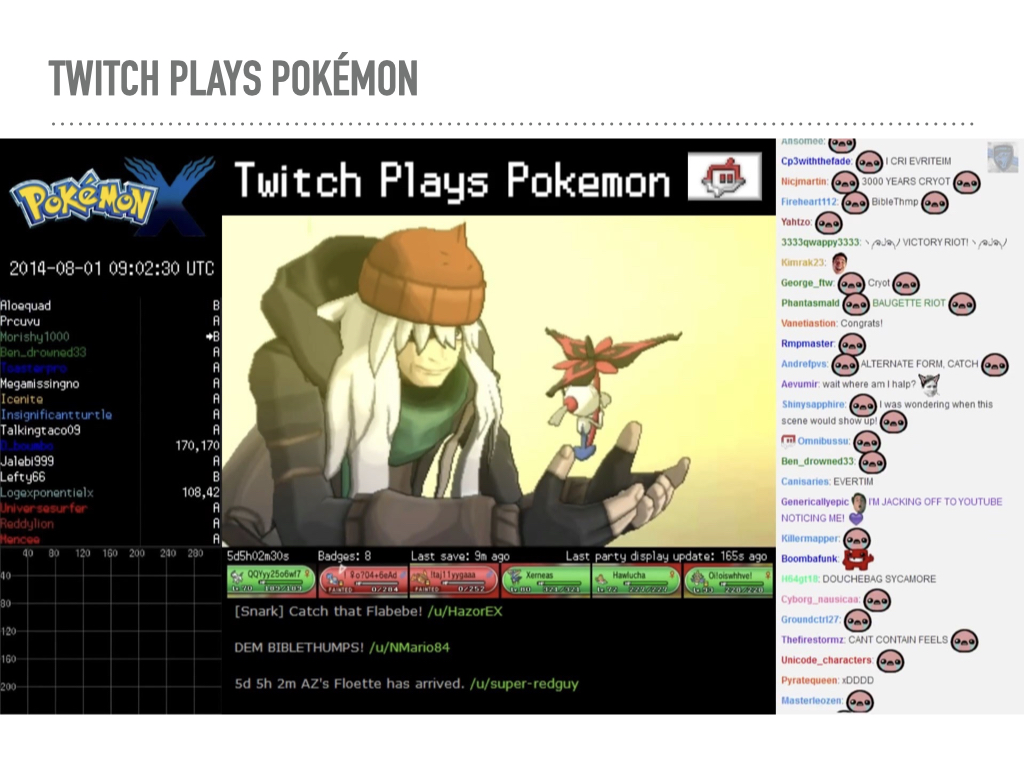
I showed you the first ten minutes of this “Patriot Act with Hasan Minhaj” episode, called “The Dark Side of the Video Game Industry” which shows how gaming is now a $139 billion dollar industry, but also how labor exploitation is a major problem. What is the term for this? Which major games and game companies does he discuss?
By contrast, https://itch.io/ is an indie game marketplace and DIY game jam host that offers pay-what-you-want and minimum-pricing models. Some CityTech MTEC students have published their games on this platform.
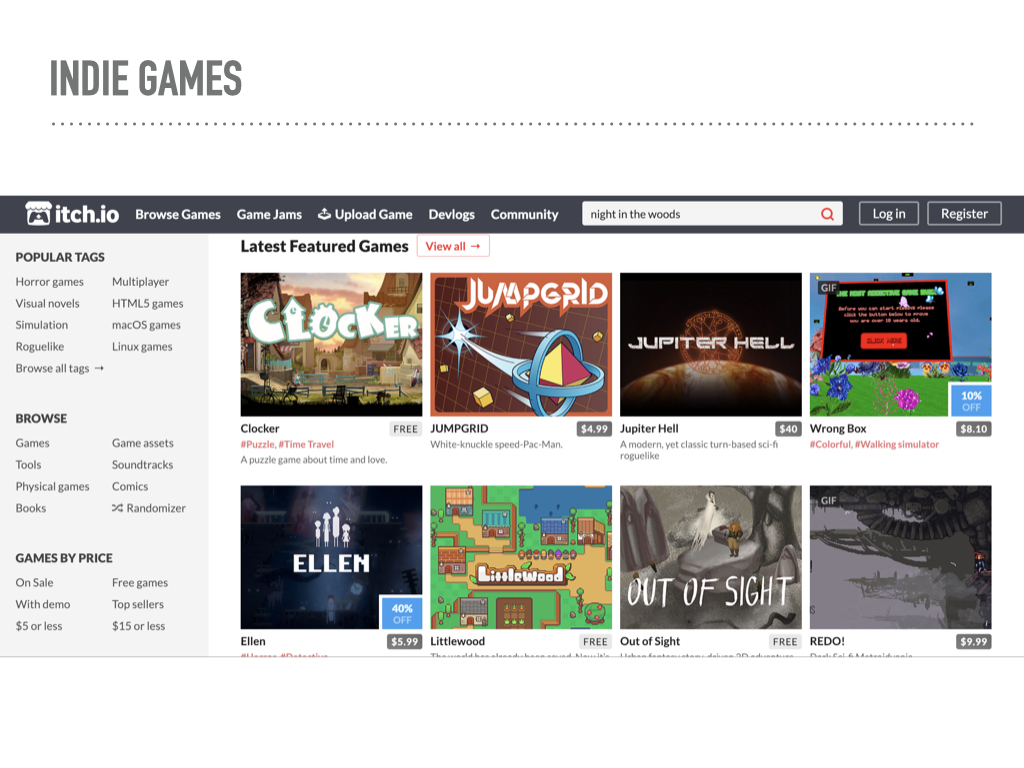
Below are some indie game examples that I mentioned briefly, including some games developed by women—

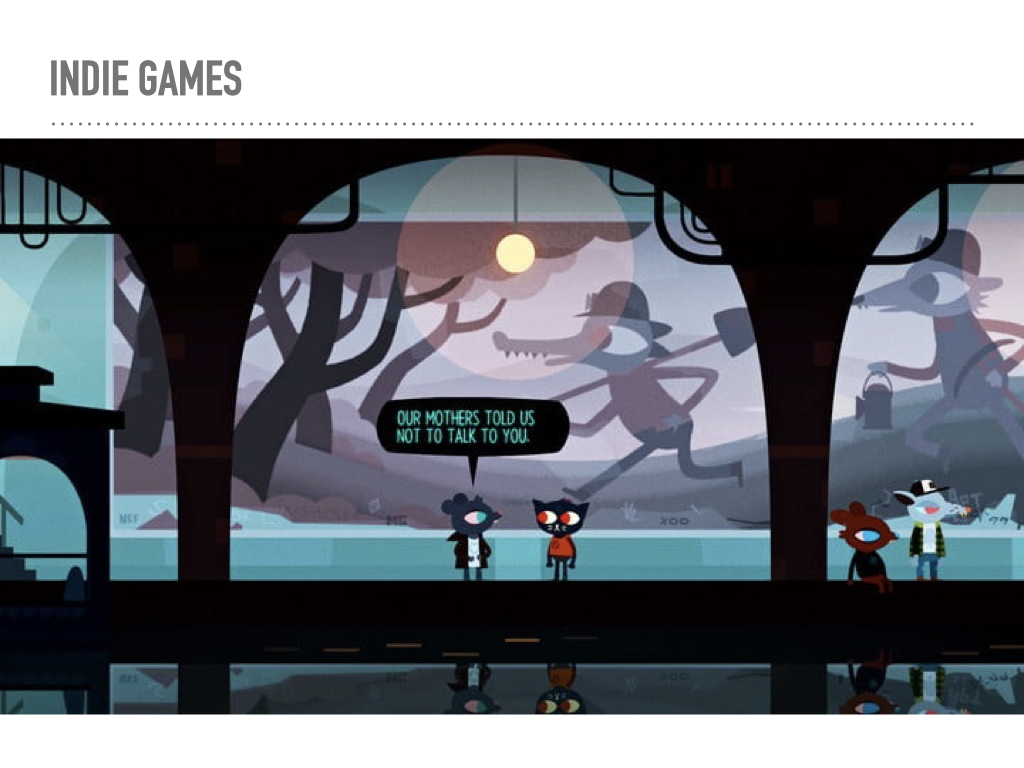
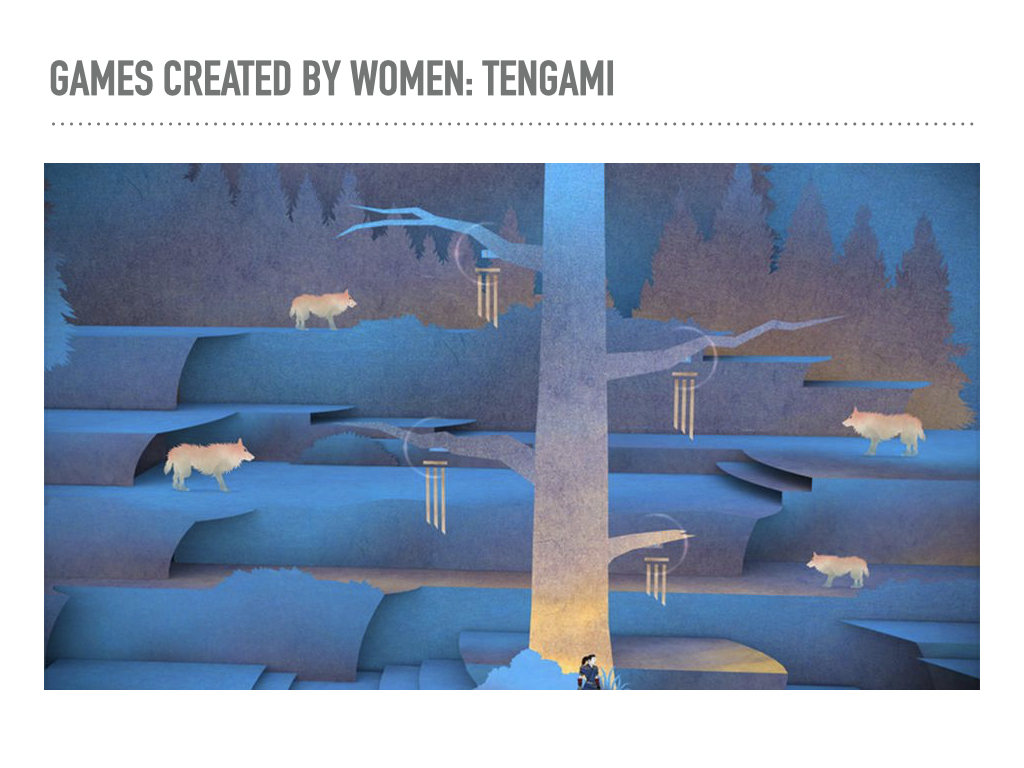
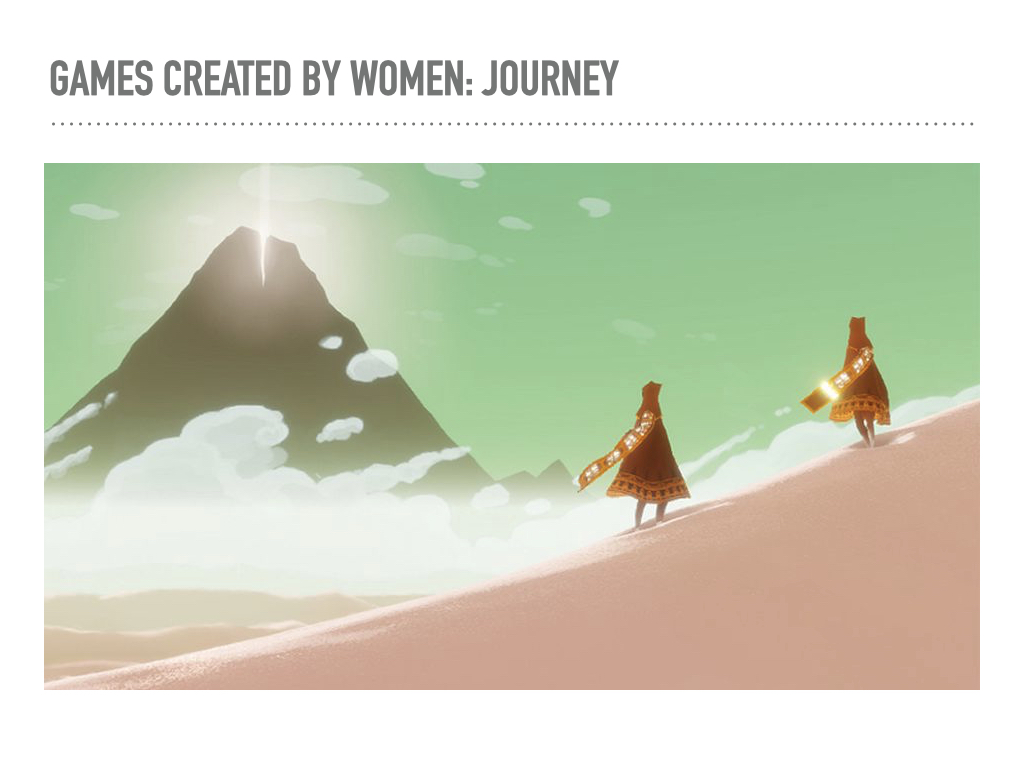
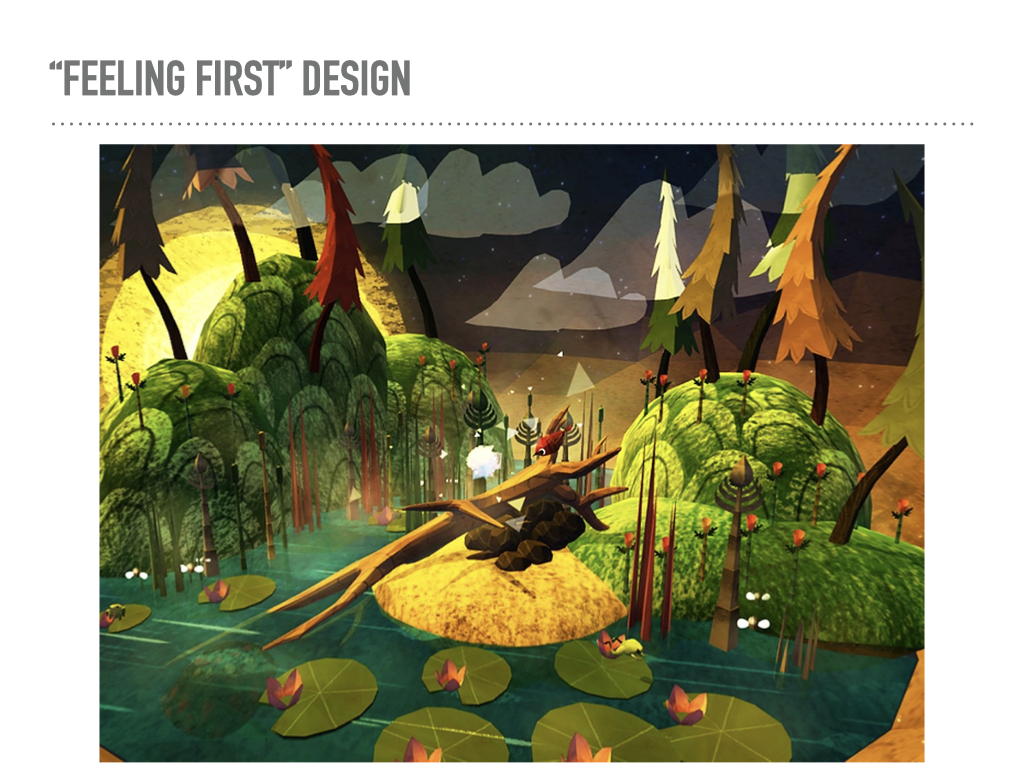

Below are some statistics on game players (see more here), followed by platforms—
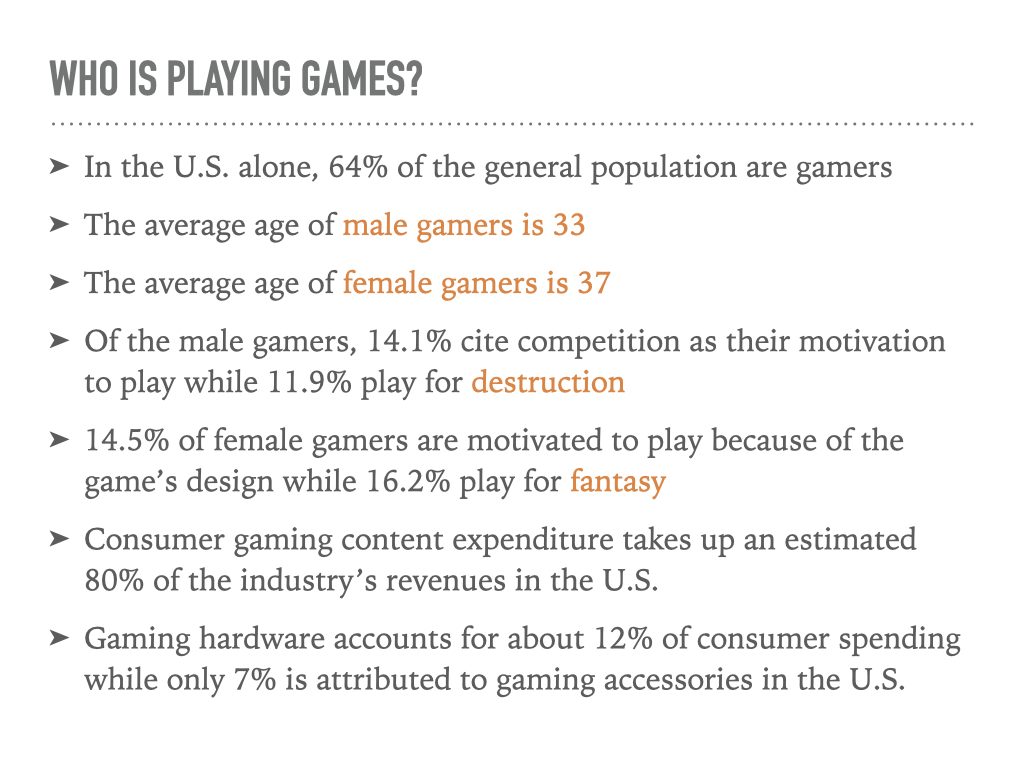
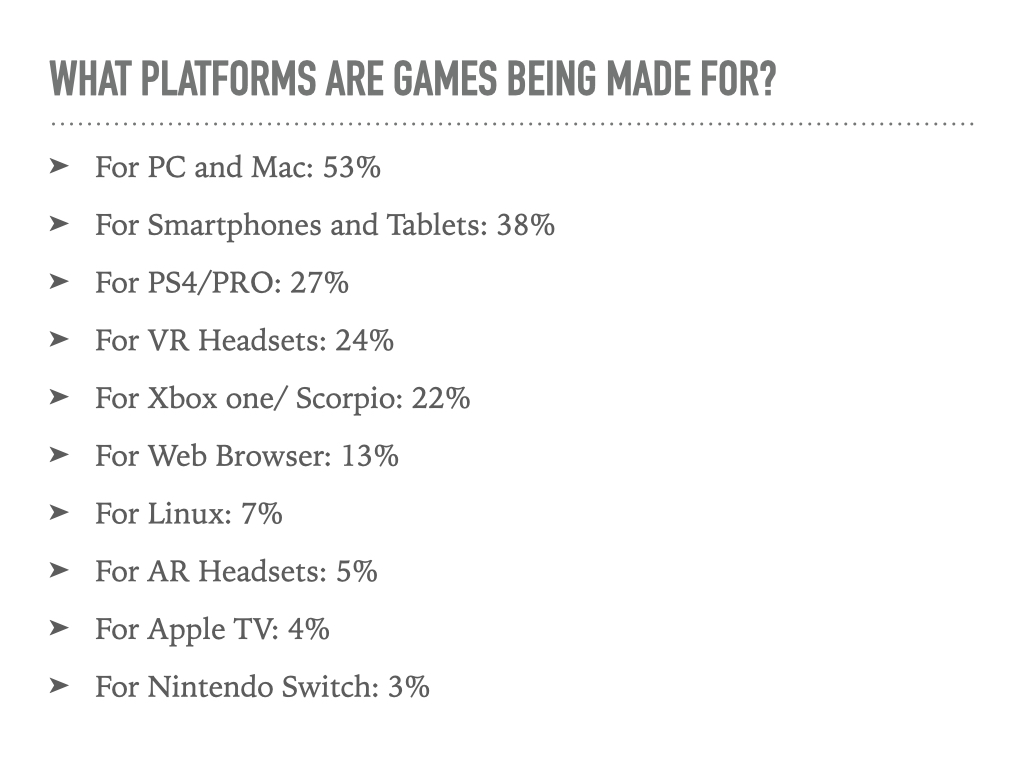
Here are some categories of game-related hardware and device innovations—


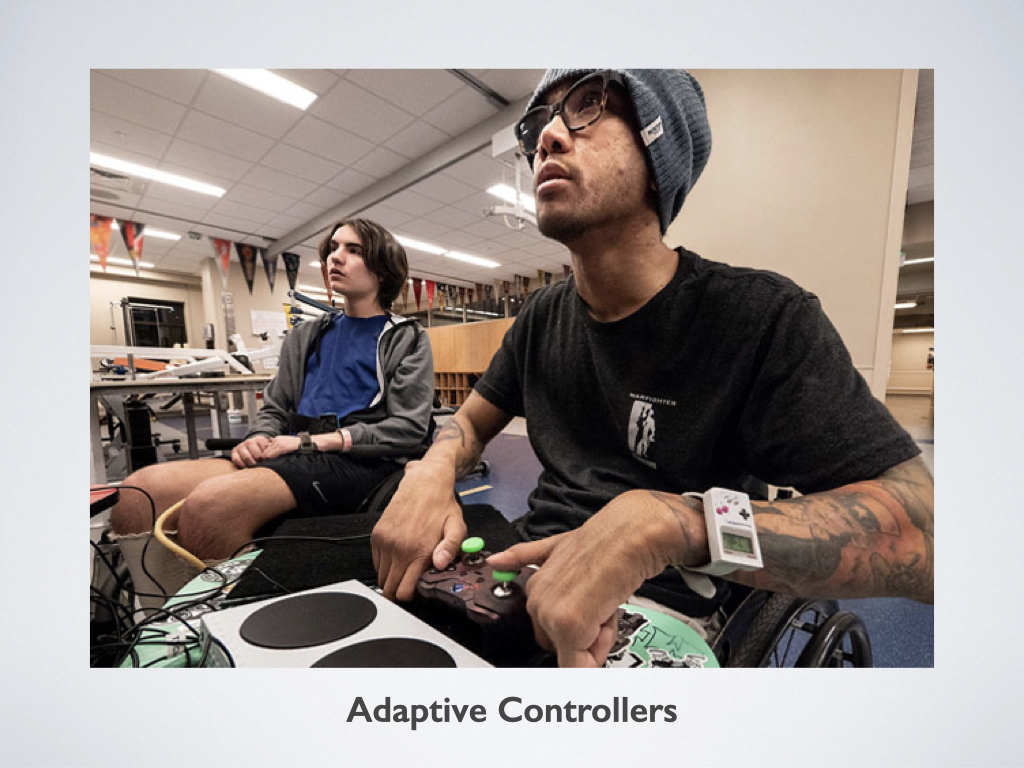
The last video I showed was this one, “So You Want to be a Game Designer?” by Extra Credits (the PBS video referenced this group). What are the skills they say you need to develop, along with areas of knowledge?
Below is a summary of a typical game design process—

The following set of slides breaks out this process a bit further and shows some examples of technical and concept documents, characters or assets being designed in 3D and 2D platforms (Maya and Illustrator), and scripting in Unity—
The following set of slides describes some common roles in the game design companies—
Here’s an example from a different source on game company roles, for comparison—
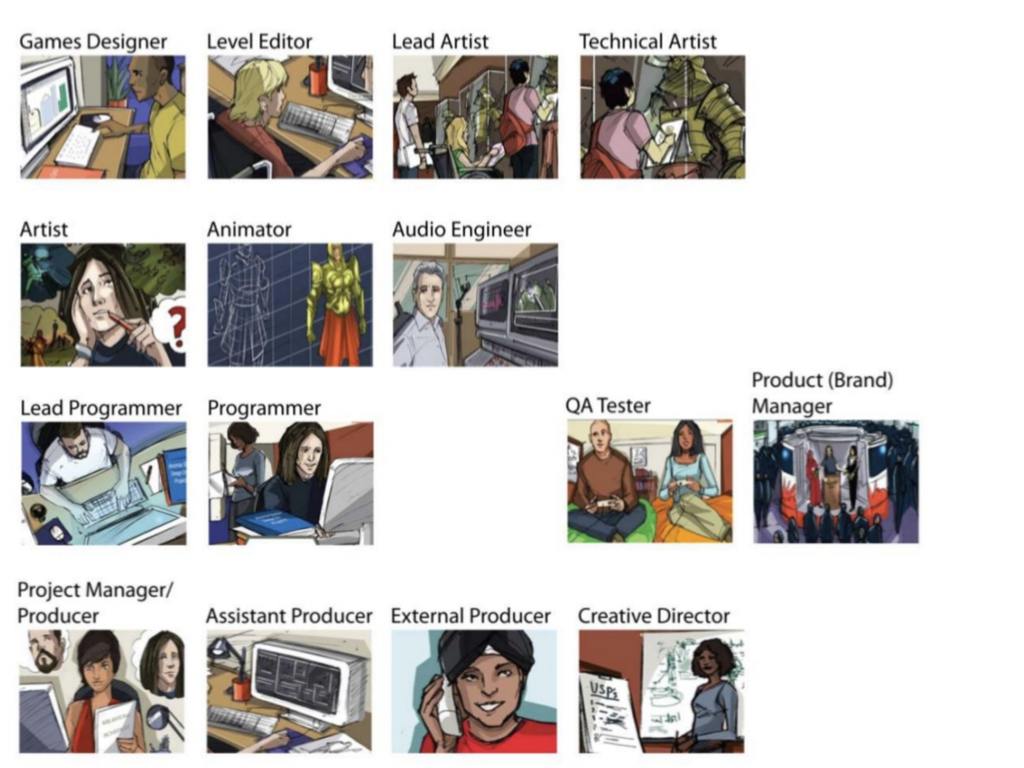
It’s best to look through the About or Staff pages of companies that you’re interested in working in. Here’s the one for Dots, a minimalist and mesmerizing puzzle game, which is a creatively illustrated display of staff, roles, and “bios”—

Think about the roles you’re most interested in before next class, when you’ll break into groups to begin game concept development for the first project.
Print this page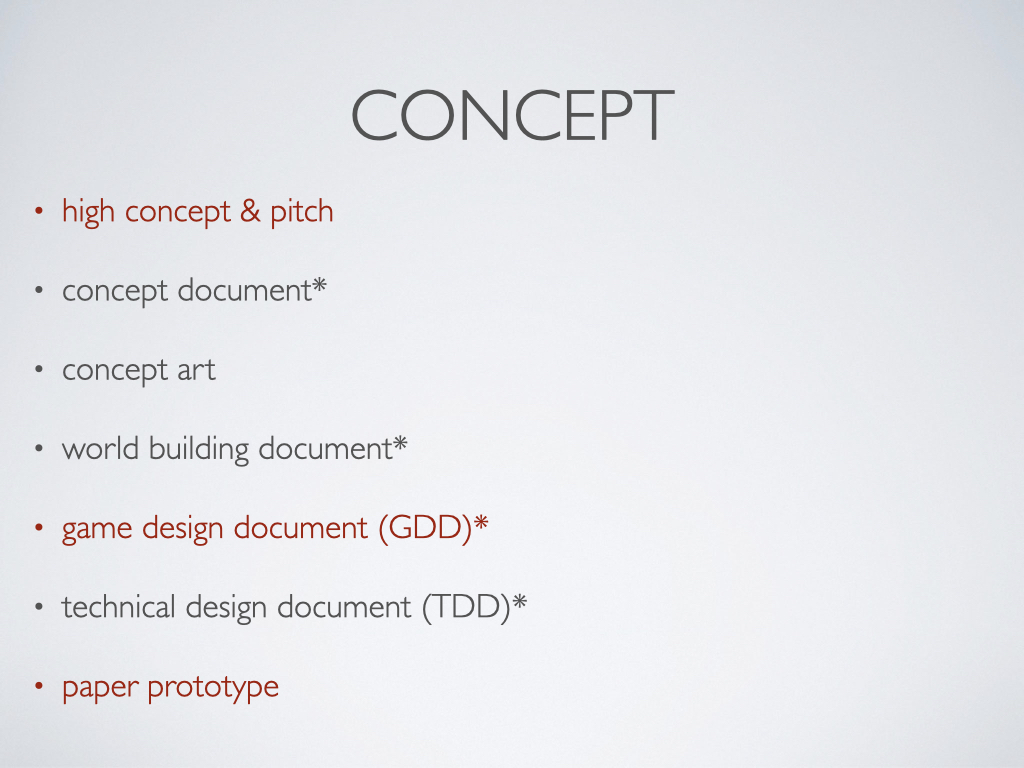
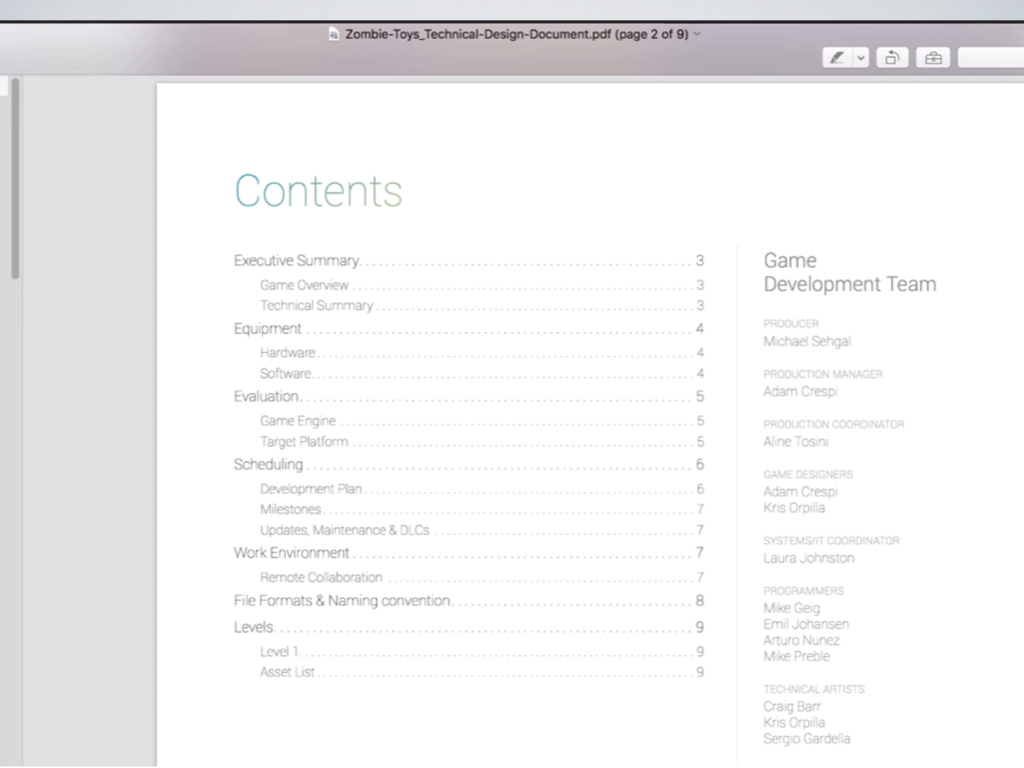
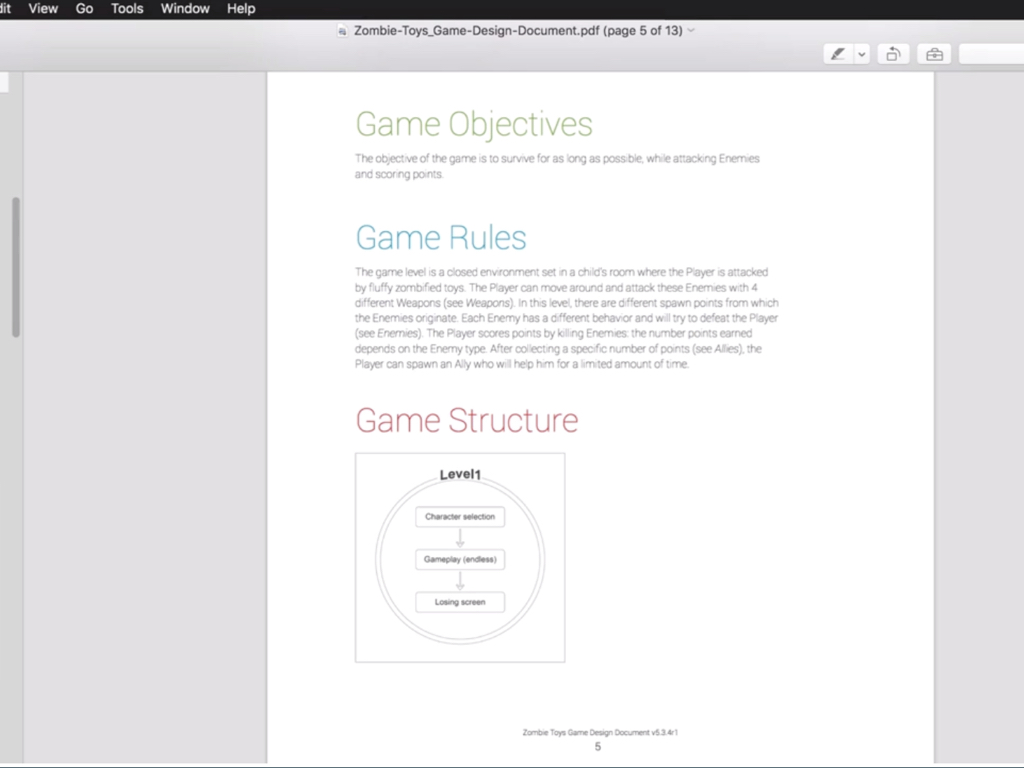
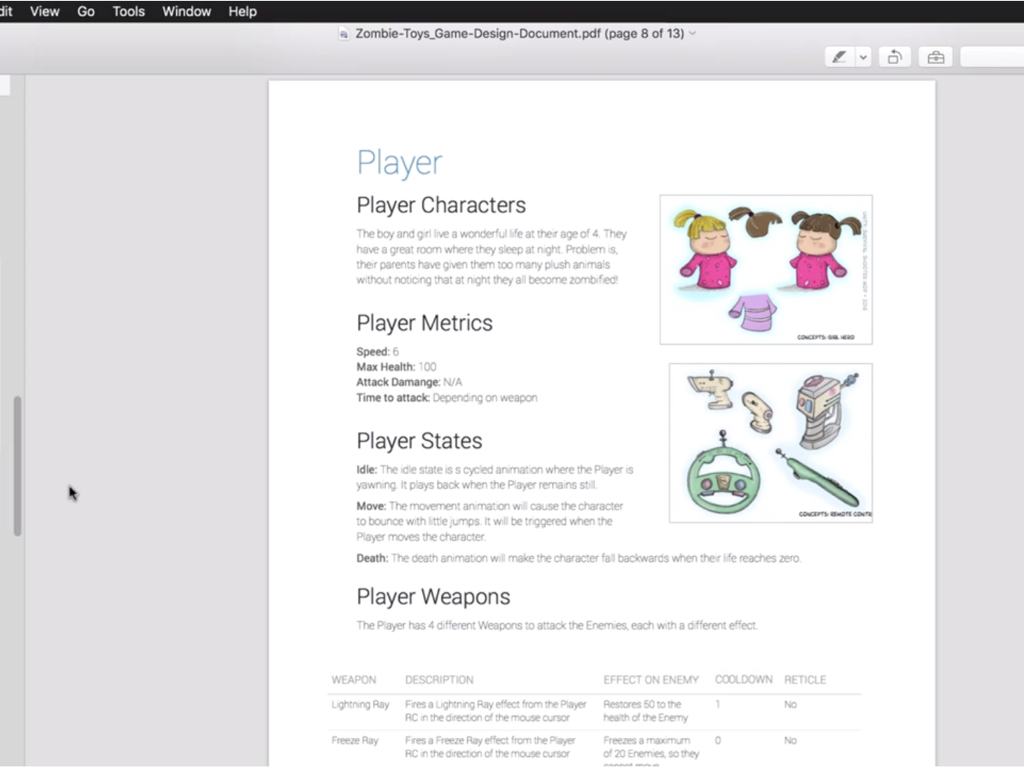
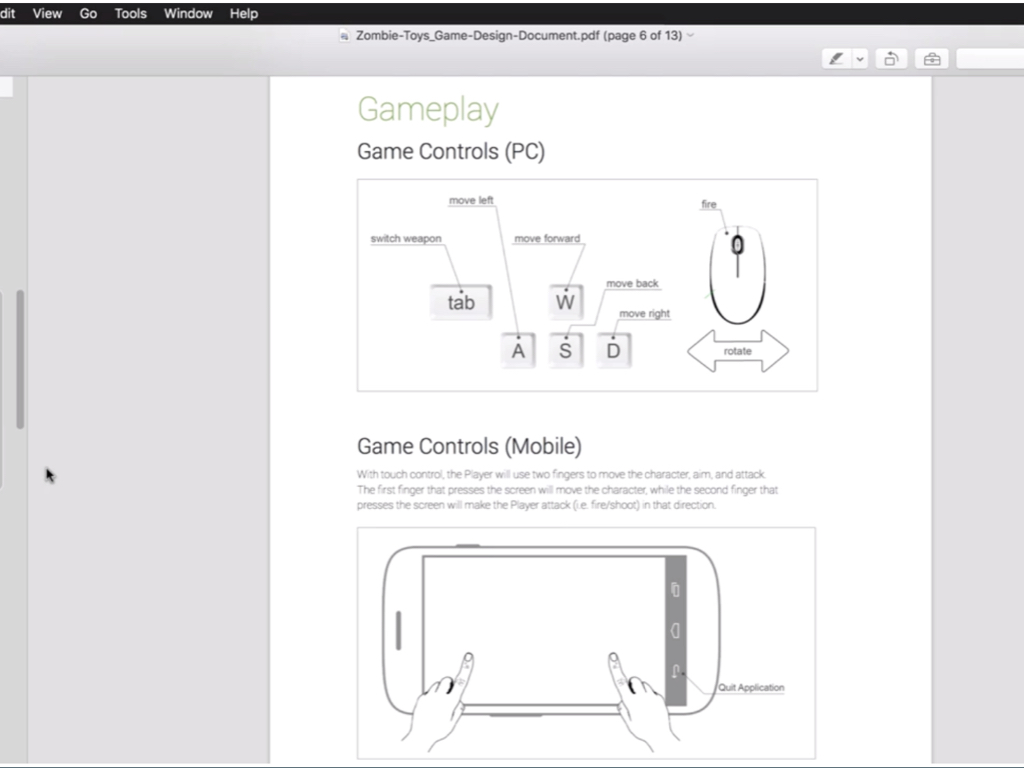
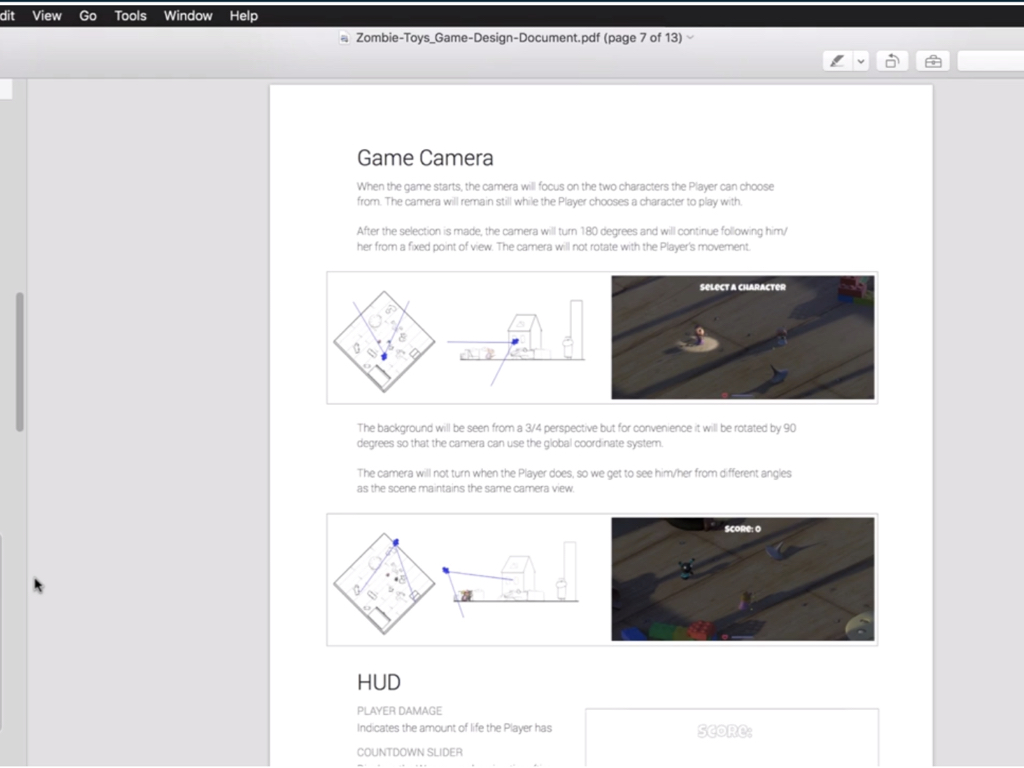
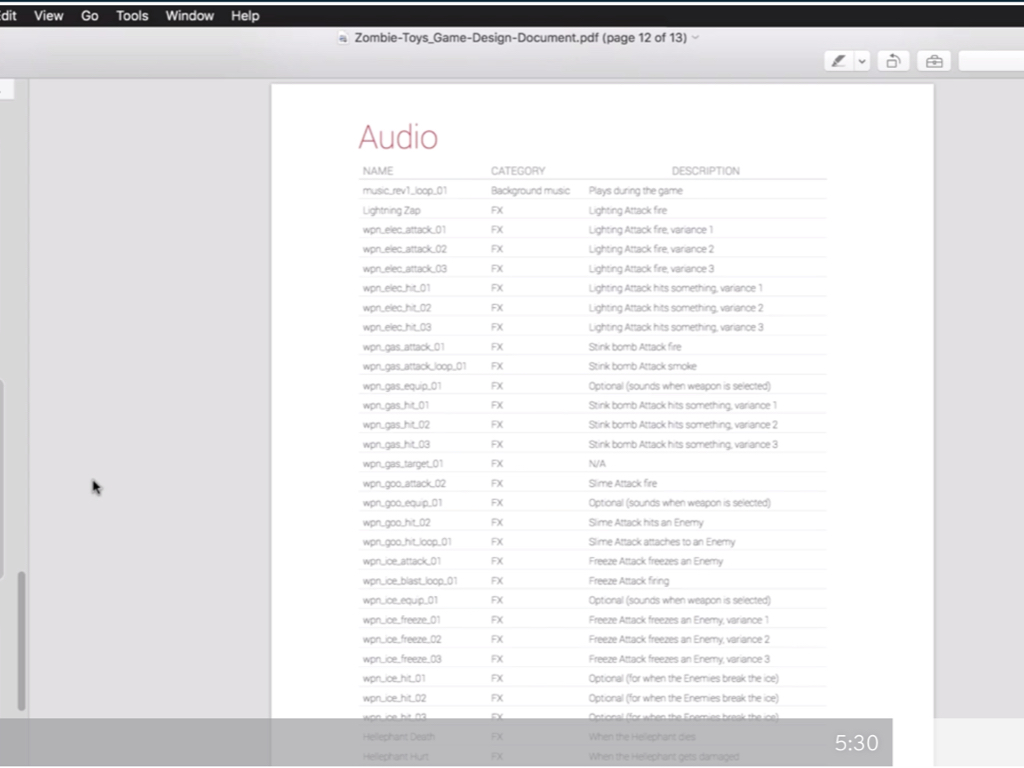


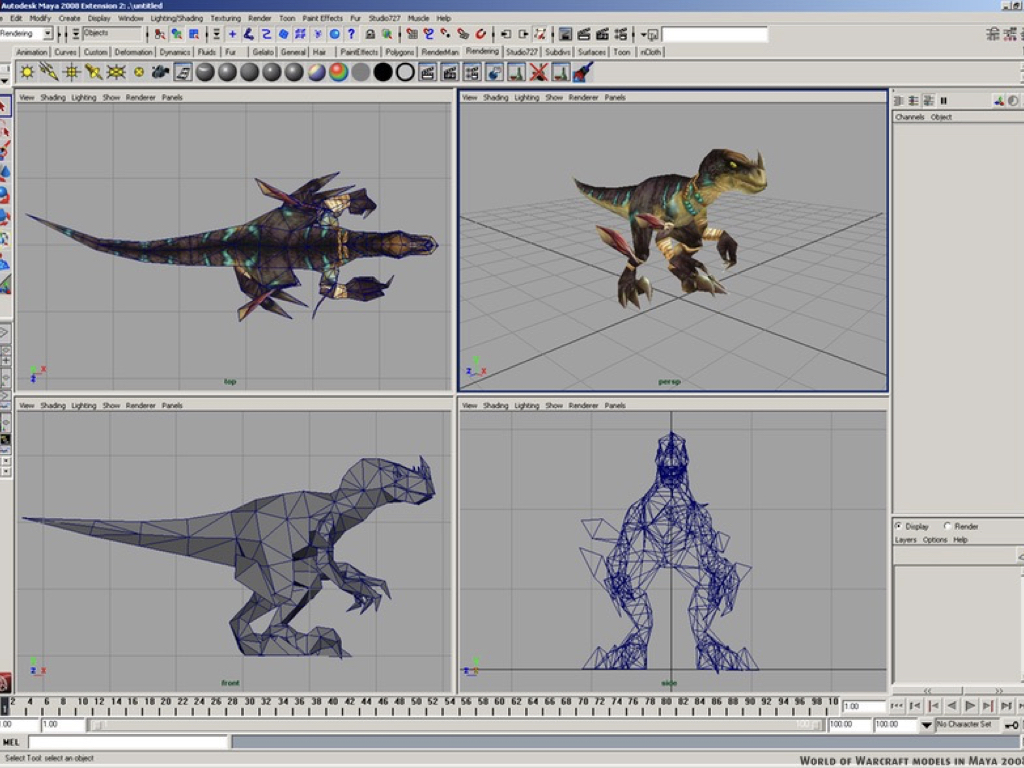
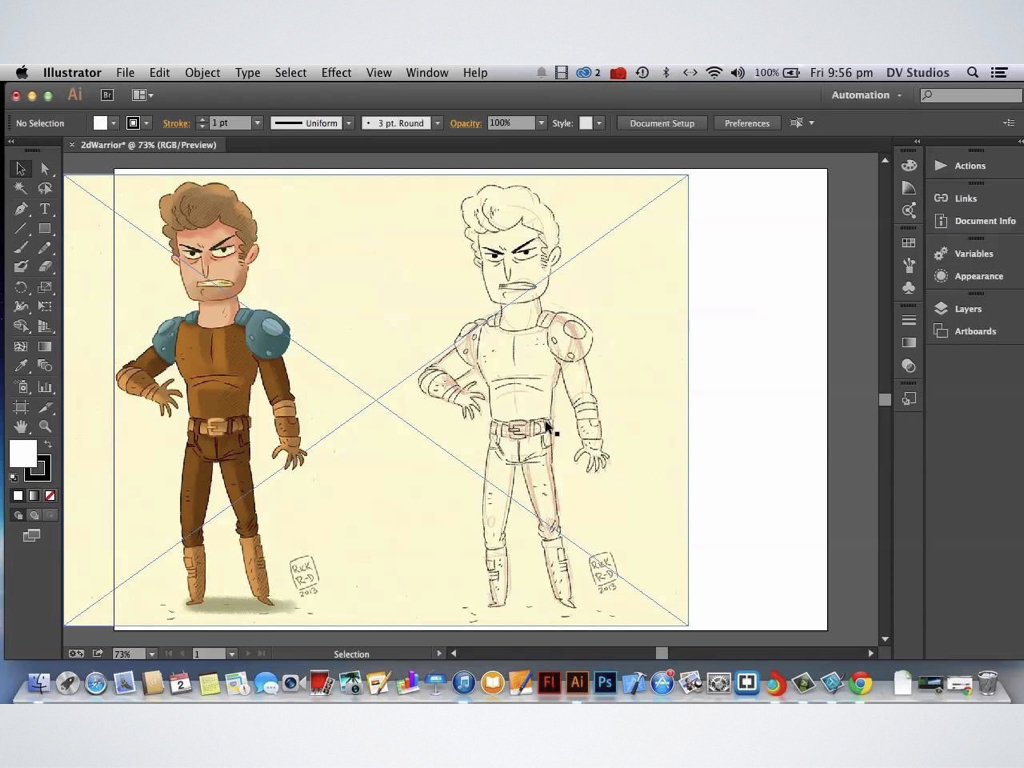
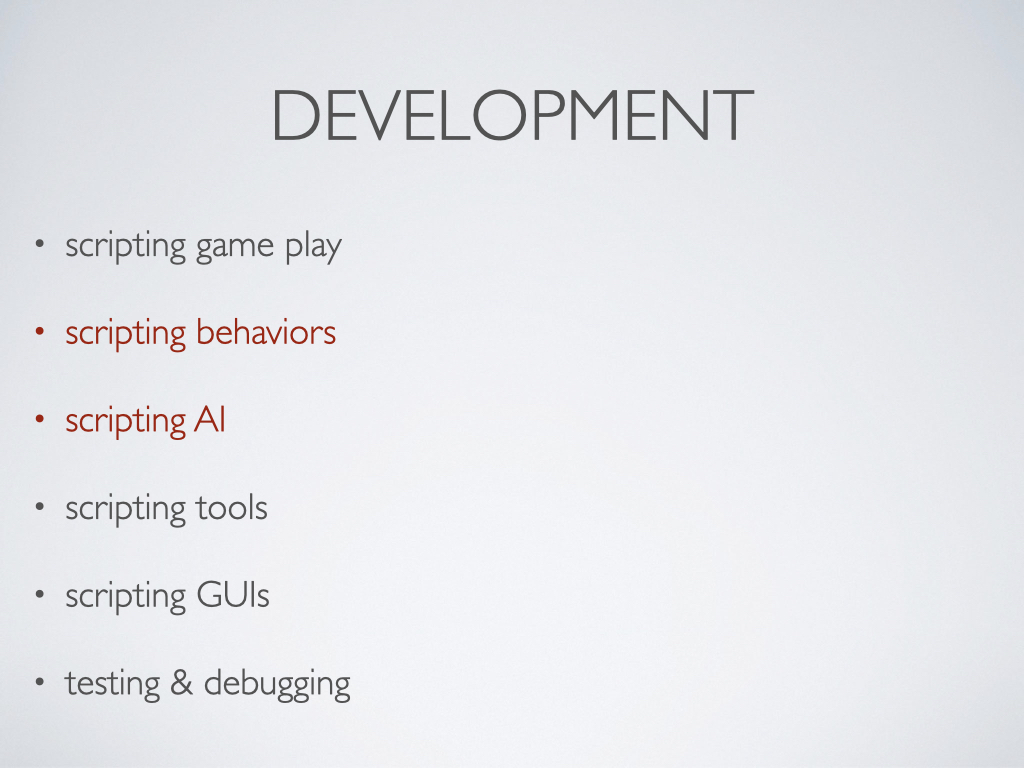
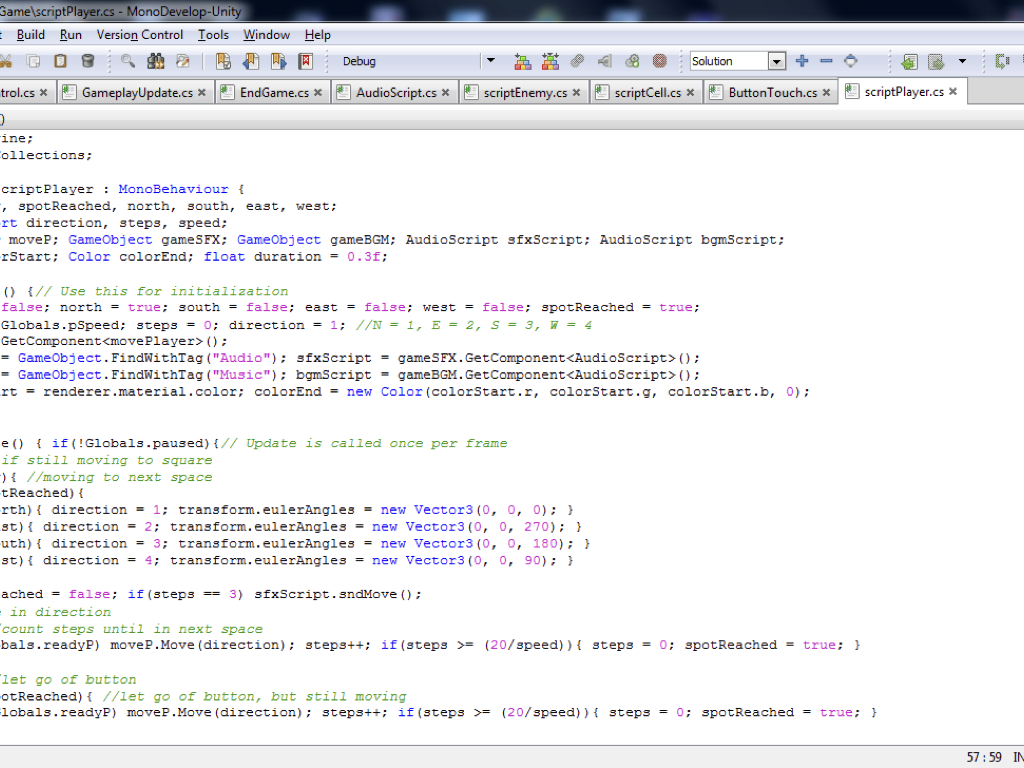
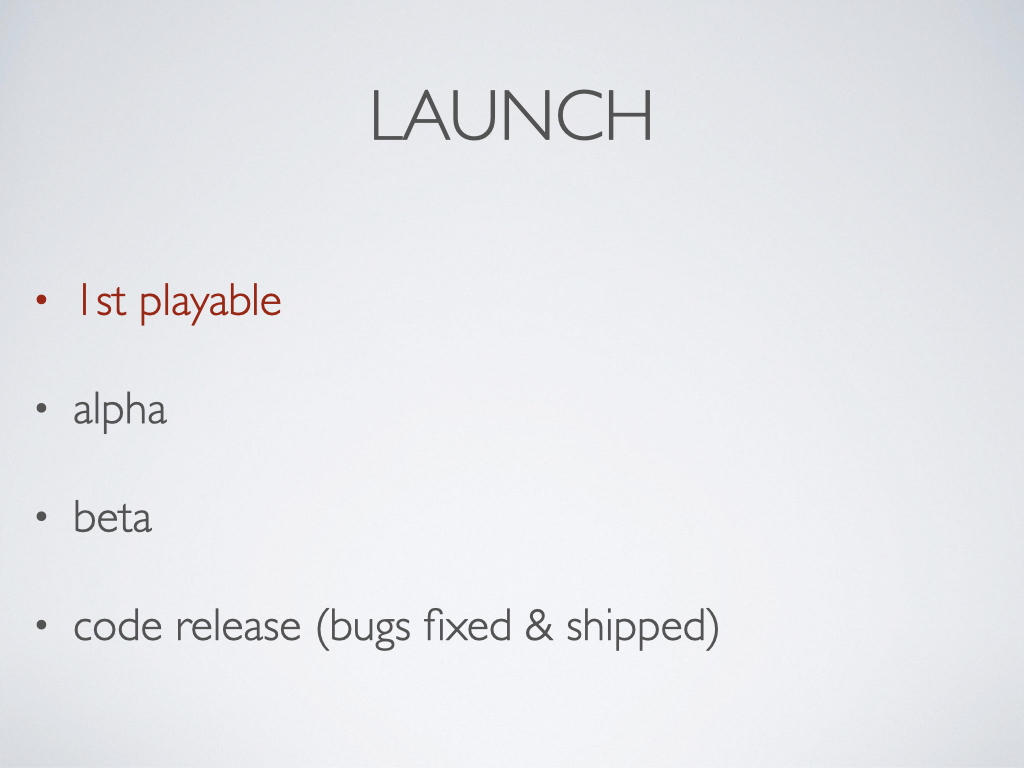

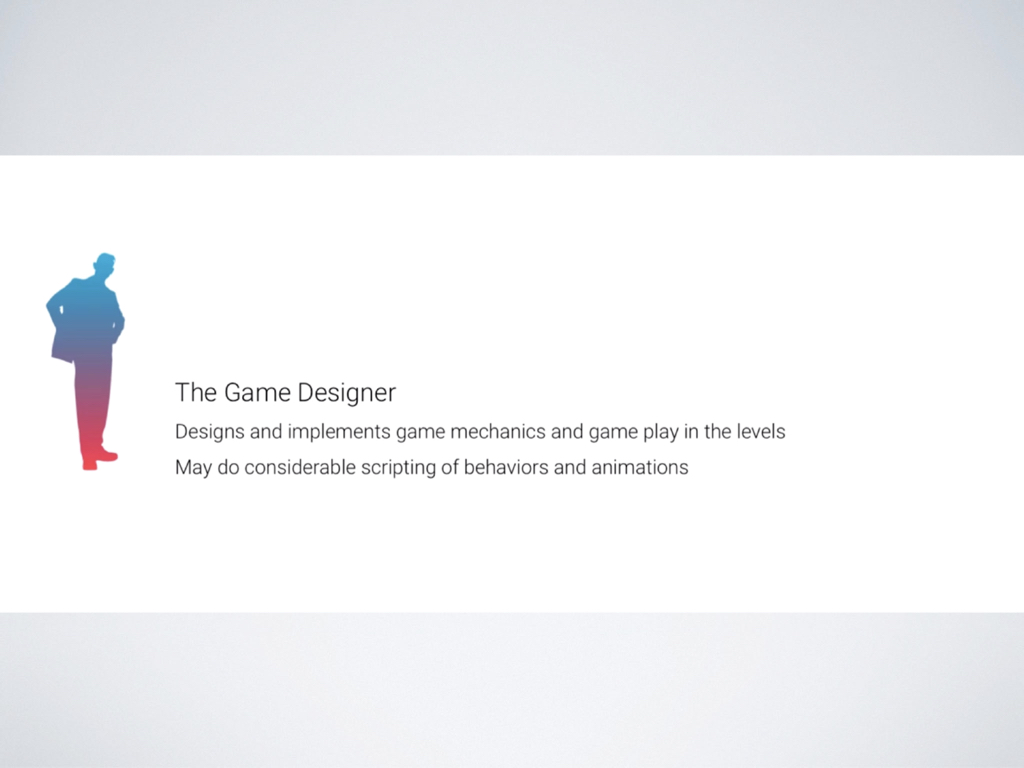
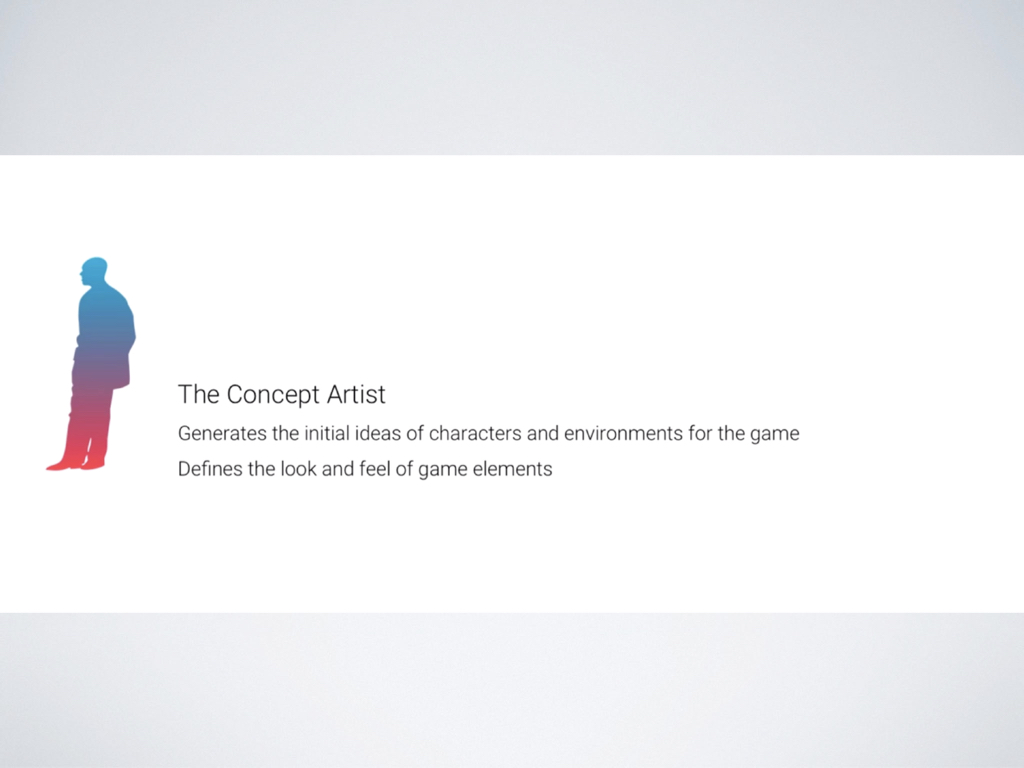
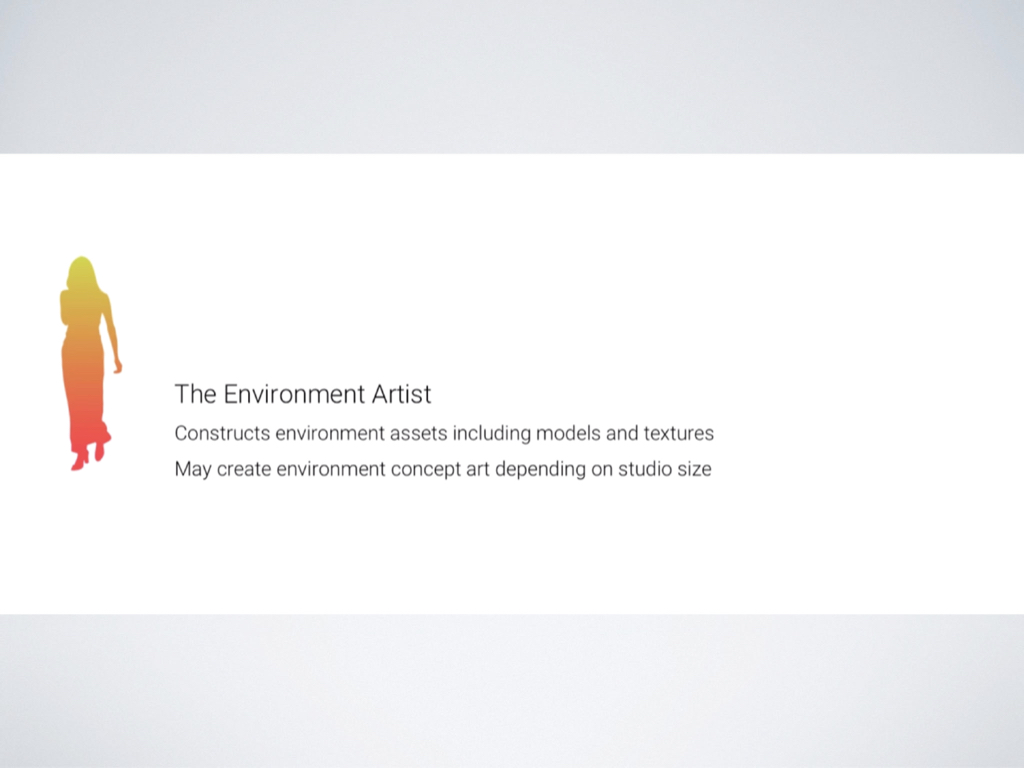
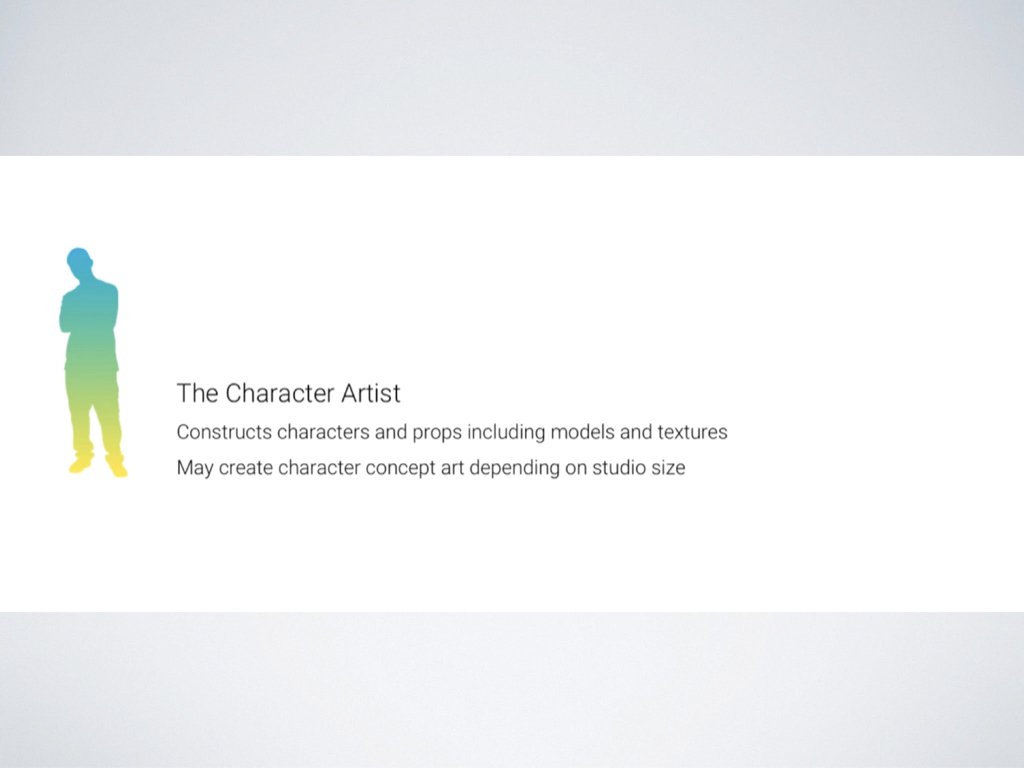
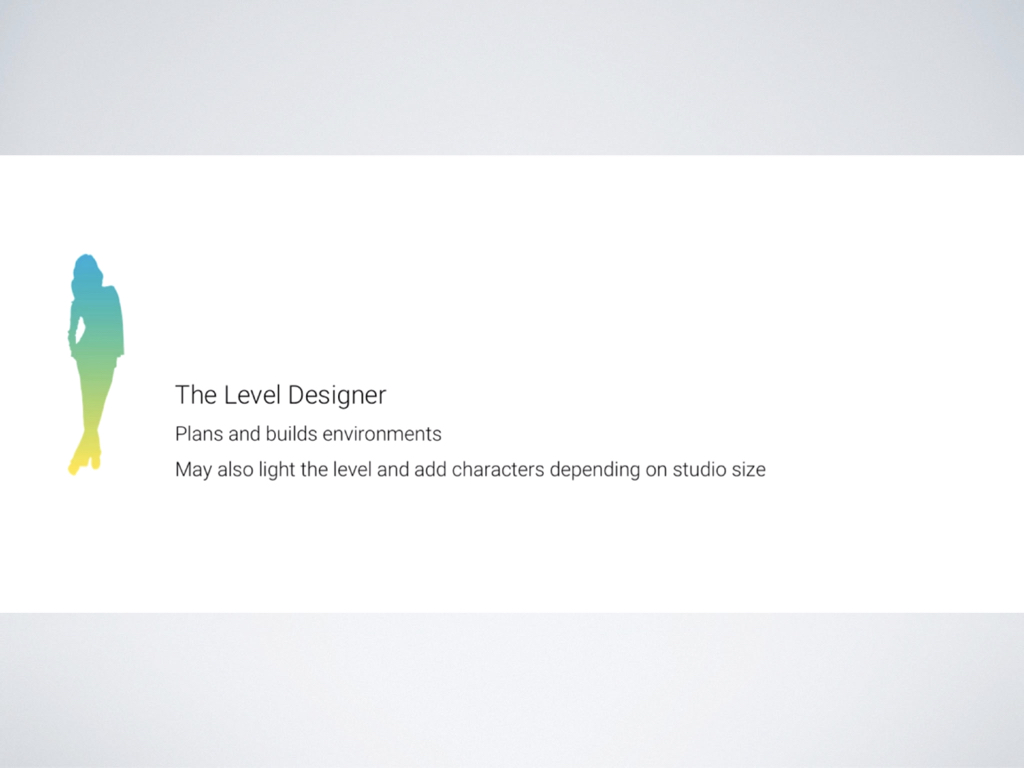
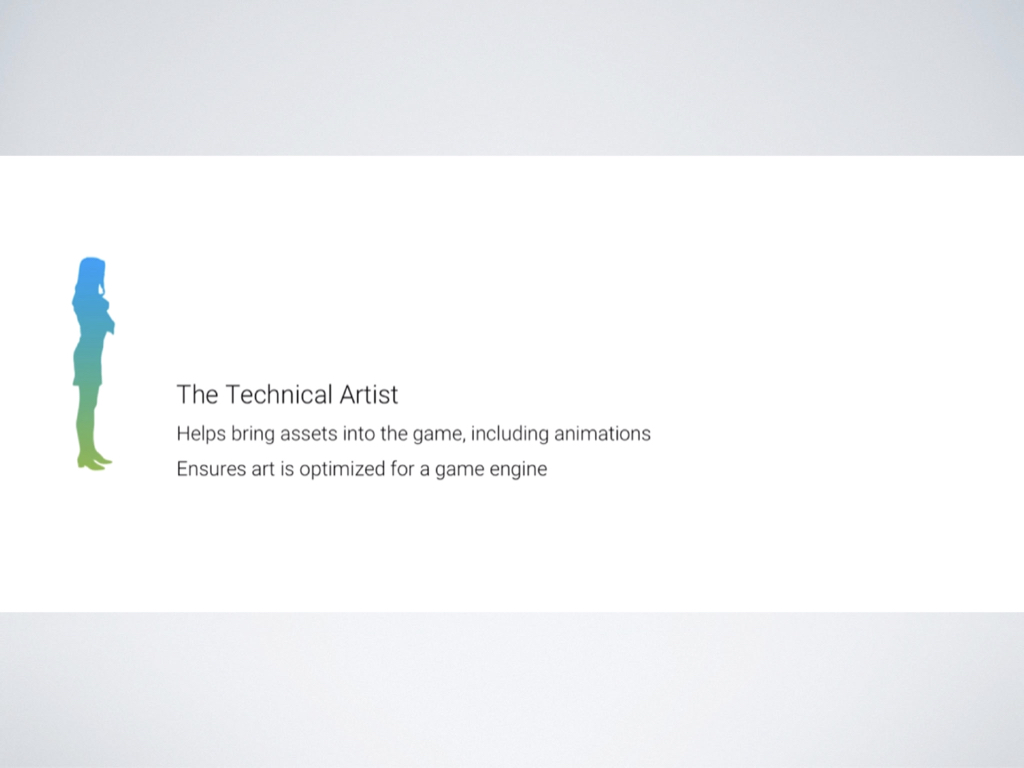



Leave a Reply